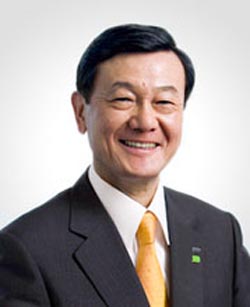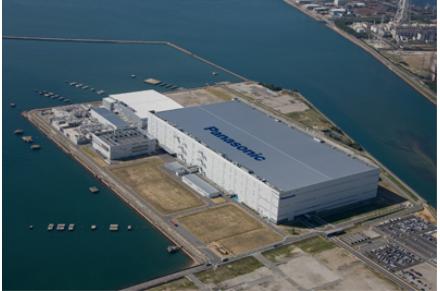UPDATE: Panasonic to shed 10,000+ jobs in Japan as part of large-scale restructuring
10% of Japanese workforce to be lost and number of divisions almost halved; company cautious about financial prospects for this year


UPDATE 25.05.11
Panasonic plans to cut over 10,000 jobs in Japan, or around 10% of its domestic workforce, as part of cost-cutting plans.
The move, which is part of a restructuring which could lead to up to 40,000 job losses worldwide, was revealed to the Japanese press at the end of last week.
It follows the absorption of Sanyo and Panasonic Electric works into the company, and will be achieved by selling off, absorbing or restructuring duplicated operations, and encouraging staff to take voluntary retirement.
The 10% domestic staffing cut will match the plans for the overseas divisions, and is part of plans to reduce the company's 16 business divisions to just nine by the beginning of next year.
POSTED 28.04.11
Panasonic president Fumio Ohtsubo (pictured) has announced that the company is to cut its workforce by what's thought to be up to 40,000, or a little over 10%, as part of plans to restructure the company by the end of the 2012-13 financial year.
Get the What Hi-Fi? Newsletter
The latest hi-fi, home cinema and tech news, reviews, buying advice and deals, direct to your inbox.
Ohtsubo said the aim is to reduce headcount to 350,000, but the actual number of employees involved isn't clear.
It's thought the company employs a total of 380,000 people – 220,000 in Panasonic itself, 60,000 in Panasonic Electric Works and 100,000 working for Sanyo – and it says it will offer voluntary early retirement to staff over the next couple of years.
It also plans to increase the profitability of its TV business by transferring some plasma production to China and buying-in more LCD panels from outside manufacturers.
The company, which previously lost 41,000 staff following events including the failure of the IT 'bubble' and the global banking crisis, expects the majority of the job losses to be overseas: it's thought overseas production, overlapping business sectors such as white goods, and admin divisions will bear the brunt of the cuts.
Areas in which Panasonic and Sanyo resources overlap would seem to be obvious targets, the company saying it 'will review overlapping businesses within the group and consider consolidation or transfer them to outside companies.'
The focus on overseas staff cuts comes despite a Panasonic target to increase the proportion of its sales in export markets, and reduce its dependence on Japanese domestic sales: at the moment, less than half of its sales are overseas, but the company aims to raise that to 55% over the next two years.

Its TV division will increase the purchase of LCD panels from outside suppliers, despite the fact its huge plant at Himeji (above) has just started full production. And one of the production lines at its Amagasaki plasma complex (below) will be moved to China.

The company says it intends to concentrate on those panel sizes where it feels its products are most competitive, and will improve the profitability of its finished TV sets by introducing models with distinctive features, while stepping up production outside Japan.
Despite the recent earthquake and tsunami in Japan, the company returned to profitability, ending 2010-11 Y74.2bn (£530m) in the black, compared to net losses of Y103.47bn (£760m) in 2009-10. Operating profit was up 60%, and revenue up 17% to almost Y8.7tn (£64bn).
In the first three months of this year it showed a net loss of Y40.7bn (£300m), better than the Y88.9bn (£653m) loss for the same period in 2010, but operating profit and revenue were down. And the company declined to make an earnings forecast for this year, suggesting it's cautious about the ongoing effects of the March 11 earthquake.
Among the targets for the company will be the development of what it calls 'V-Products', incorporating lifestyle research carried out in various countries.
These products, intended to achieve victory in their market sectors, 'will demonstrate Panasonic's commitment to quality and user-friendliness but without features that are deemed unnecessary in the designated markets.'
Andrew has written about audio and video products for the past 20+ years, and been a consumer journalist for more than 30 years, starting his career on camera magazines. Andrew has contributed to titles including What Hi-Fi?, Gramophone, Jazzwise and Hi-Fi Critic, Hi-Fi News & Record Review and Hi-Fi Choice. I’ve also written for a number of non-specialist and overseas magazines.
